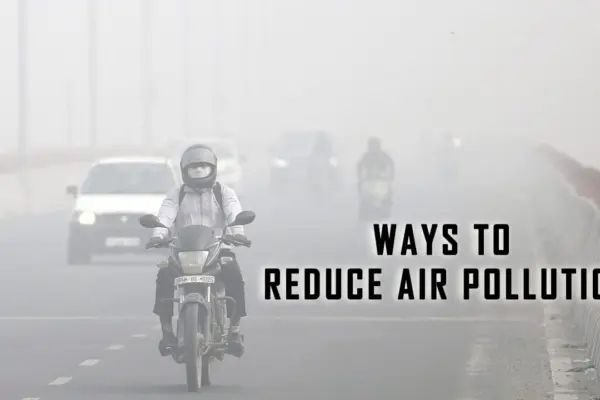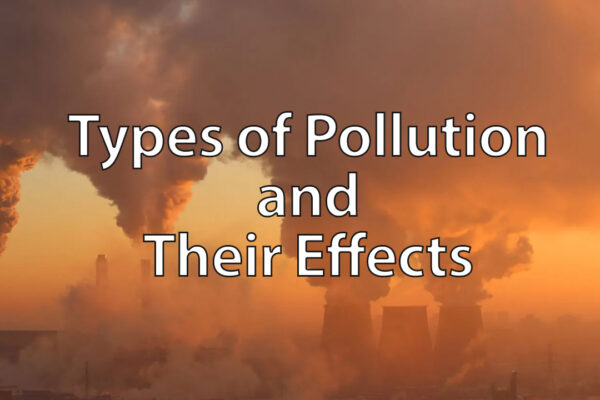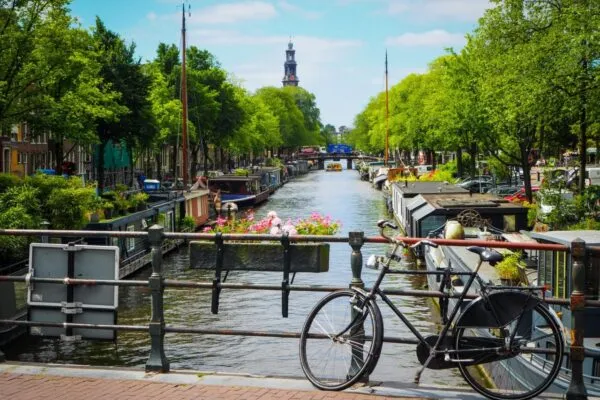Reasons Behind Delhi’s Sharp Rise in Air Pollution Levels
The air quality in Delhi sharply decreases around October month, one of the main reasons is stubble burning events by the farmers.
Air pollution in New Delhi has become a never-ending event, with pollution levels sharply rising across northern India this month. Other than vehicular pollution, there are many other factors responsible for the growing pollution. The air quality deteriorated sharply from the month of October, which was the only time when people experienced the cleanest air in four years in the city.
A usual pattern has been observed in the past years, where the air quality drastically decreases in Delhi around the month of October that marks the harvesting season. Just after the harvesting season, the farmers in the neighbouring states of Punjab and Haryana burn the stubble and paddy residue in their fields.
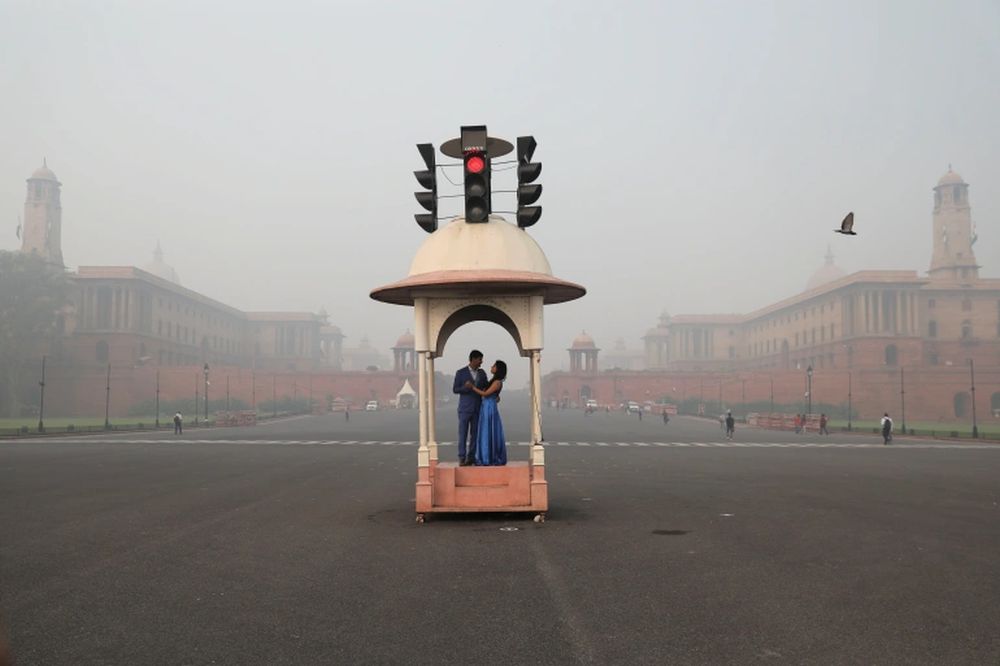
Image: Anushree Fadnavis/Reuters
This year farmers couldn’t burn the stubble for re-planting amid consistent rainfall, which explains the unusual respite from air pollution in October. The Air Quality Index (AQI) was at an average of 72 across the city in October, steeply low from 126 the same month last year. Under these circumstances, the due-process shifted to November.
Stubble burning is one of the major reasons contributing to air pollution as pollutants get trapped in the thick air in winters that is full of fog and smog. Along with these burning events, the use of firecrackers in the festival of Diwali damaged the condition even further. On November 5, 2021, the day after the festival, the AQI in New Delhi and other cities reached 451, indicating “severe” conditions.
Stubble burning, vehicular pollution and festivities are not the only contributors to air pollution. India’s northern plains are drier and dustier than other parts of the country, unfortunately, this factor also contributes to bad air quality.
As per the experts, Delhi is also exposed to pollutants coming from neighbouring countries like Afghanistan and Pakistan. Delhi’s pollution has always been a matter of great concern and in order to improve the situation, the government made some policies.
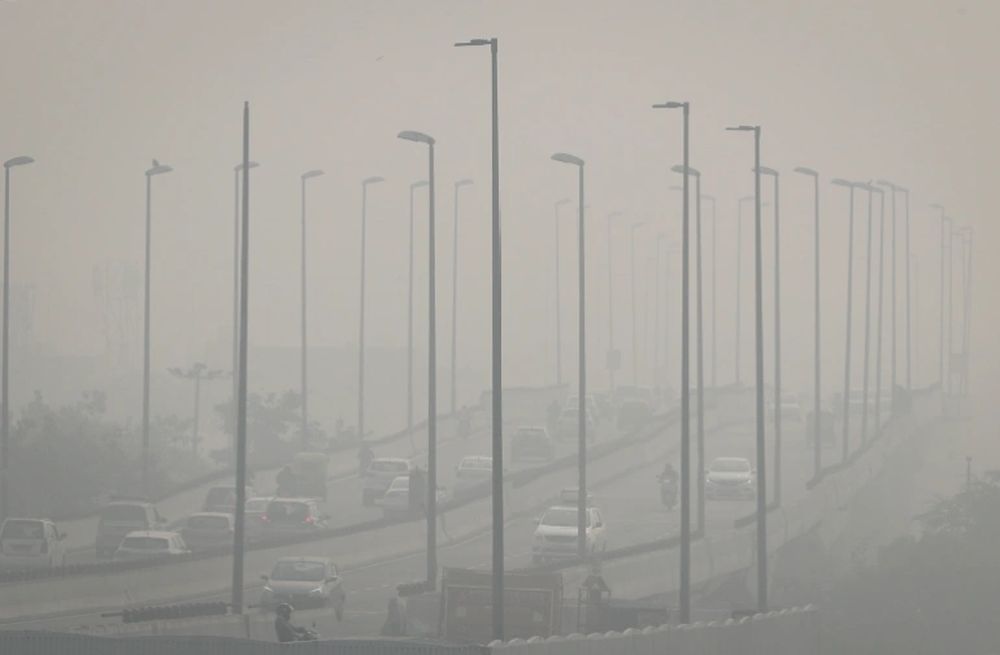
Image: Adnan Abidi/Reuters
For instance, India has given up to an 80 percent subsidy to farmers to buy machines that arrange rice stubble leftovers in the field by mechanized harvesters that involve no burning. However, there is a lack of awareness among people regarding new alternatives, especially in the regions outside the city. The government needs to make proper plans and the implementation of those plans should also be of the same importance.
By making slight changes in our lifestyles, such as preferring public transports over personal vehicles, switching to electric vehicles, adopting new technologies and spreading awareness about them, these things can probably control the ongoing rising pollution levels.
Via: Aljazeera
